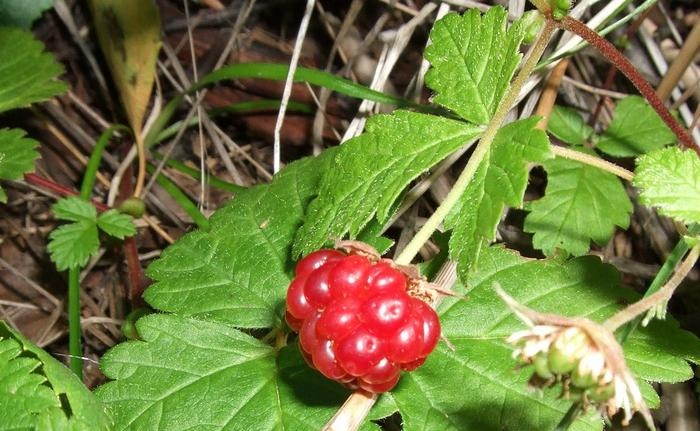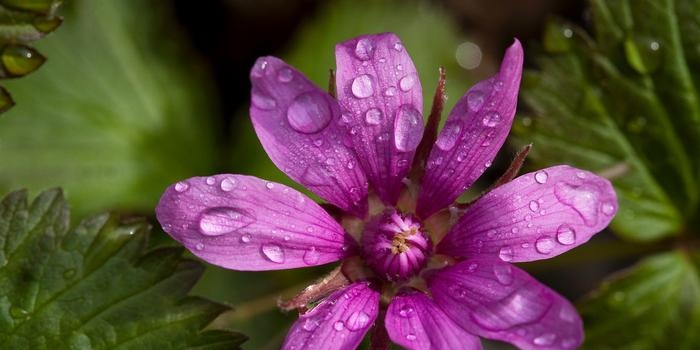Princess, Polyanika, Mamura |
|
The fruits of this wild species are tasty and nutritious. Selection of cultivated forms began relatively recently. It succeeds best of all to the north of the temperate zone, for example, in the Leningrad region, and it is already worse near Moscow. But if it takes root, then, hardy to the cold and unpretentious to the soil, it becomes almost a weed. In nature, its hybrids with cloudberries and drupes are known, but there is very little information about this.
Therefore, it is easy to explain the desire of a person to have a prince on their backyard plots, although it is well known that in culture, many qualities of wild plants change. When cultivating the princess, it must be borne in mind that it requires long winter dormancy and grows satisfactorily where there is a large snow cover. In summer, it is negatively affected by high temperatures, dry air and soil. To breed the princess, it is necessary to bring from the place of its natural habitat a sod of a half-shrub or sow with seeds. The second breeding method is preferable. The collected seeds are sown in wooden boxes in autumn, covered with a thin layer of earth and left for the winter under the snow. Watering boxes is necessary often and abundantly. The emerging seedlings should be cut down in order to give room for the growth and development of plants. The prince is easily propagated by underground offspring and well cuttings. Plants tolerate bush division much worse.
The final conclusions about the culture of the princess in the middle zone are premature, but it can be assumed that as an ornamental plant it lends itself well to culture, and especially in our northern regions, it has a great future. P. D. Bukharin |
| Aconite (wrestler) | A coffee tree |
|---|
New recipes
 The prince's forest berry in our country is widespread in mixed, deciduous forests, wetlands, through woodlands, in the tundra in the north of the European part, in Western and Eastern Siberia and in the Far East. It is considered the most fragrant and tasty berry of our North, called meadow, mamura.
The prince's forest berry in our country is widespread in mixed, deciduous forests, wetlands, through woodlands, in the tundra in the north of the European part, in Western and Eastern Siberia and in the Far East. It is considered the most fragrant and tasty berry of our North, called meadow, mamura. The prince is a low, squat shrub in appearance, forming dense thickets. The leaves are very beautiful, reminiscent of strawberry, in the fall they are painted in different shades of purple. The flowers are located at the end of the stem, more solitary, large, up to 3 cm in diameter, their color is pink and dense pink. The princess blooms profusely all summer and autumn. This creates an unusually beautiful appearance during the entire growing season and is of great interest for ornamental gardening.
The prince is a low, squat shrub in appearance, forming dense thickets. The leaves are very beautiful, reminiscent of strawberry, in the fall they are painted in different shades of purple. The flowers are located at the end of the stem, more solitary, large, up to 3 cm in diameter, their color is pink and dense pink. The princess blooms profusely all summer and autumn. This creates an unusually beautiful appearance during the entire growing season and is of great interest for ornamental gardening. Seedling beds should have loose, nutritious, but not freshly harvested soil. Under natural conditions, it grows on relatively acidic (pH 3.5-6.5) soils. In the early period, the plants require shading. They should be planted on ridges at a distance of 10-12 cm from each other. It is necessary to replant every 3-4 years. The best time for this is early September. In this case, the plants will be well prepared for wintering, but they must be covered.
Seedling beds should have loose, nutritious, but not freshly harvested soil. Under natural conditions, it grows on relatively acidic (pH 3.5-6.5) soils. In the early period, the plants require shading. They should be planted on ridges at a distance of 10-12 cm from each other. It is necessary to replant every 3-4 years. The best time for this is early September. In this case, the plants will be well prepared for wintering, but they must be covered.









